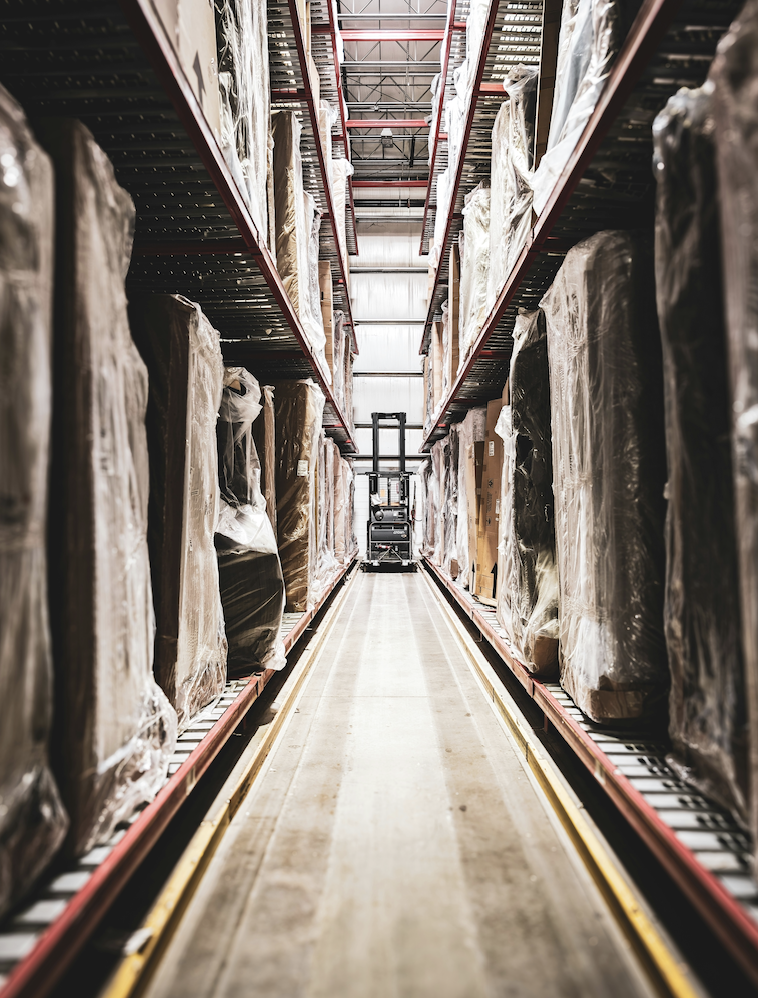The fashion industry is notorious for its environmental footprint, and overstock plays a significant role in exacerbating these issues. Overstocking leads to a cascade of environmental problems, from excessive resource consumption to waste and pollution. Here's a closer look at the environmental consequences and how AI-driven inventory management can help mitigate these impacts.
The Problems with Overstock
Carbon Emissions and Water Waste: The fashion industry is responsible for about 10% of global carbon emissions, more than international flights and maritime shipping combined. Additionally, it accounts for approximately 20% of global water waste. The production of excess inventory requires vast amounts of water, energy, and raw materials, leading to significant environmental degradation. This overproduction results in garments that often end up in landfills or incinerators, further contributing to global pollution. (McKinsey & Company) (PIRG)
Textile Waste: A staggering 85% of textiles produced each year end up in landfills. This waste is not just an issue of space; it includes synthetic fibers that take centuries to decompose and release toxic chemicals into the soil and water. Furthermore, washing these synthetic clothes releases microplastics into the oceans, contributing to the 35% of microplastics from textiles found in marine environments. (World Economic Forum) (PIRG)
Chemical Pollution: The dyeing and finishing processes in textile production involve hazardous chemicals that often find their way into water sources, posing health risks to local communities and ecosystems. The incineration of unsold clothing releases harmful pollutants into the air, exacerbating air quality issues and contributing to climate change. (Sigma Earth)
The Role of AI in Reducing Overstock
AI-driven predictive analytics can accurately forecast demand, helping retailers produce only what will sell. This reduces unsold inventory and lowers the need for incineration or landfill disposal. By analyzing vast amounts of data, AI predicts trends and adjusts production schedules, ensuring the right quantity of products is manufactured. Real-time inventory management tools provide immediate insights into inventory levels, allowing retailers to respond swiftly to changing demand, preventing overproduction and stockouts, and optimizing the supply chain for efficiency and environmental friendliness.
Furthermore, AI supports sustainable production practices by identifying eco-friendly materials and processes. It can suggest using organic or recycled materials with lower environmental impacts and optimize logistics to reduce carbon emissions from shipping. By maintaining optimal inventory levels and embracing sustainable practices, retailers can minimize waste and reduce their environmental footprint, creating a more efficient and responsible retail operation.
Our articles
Own your operations with AI Intelligence























